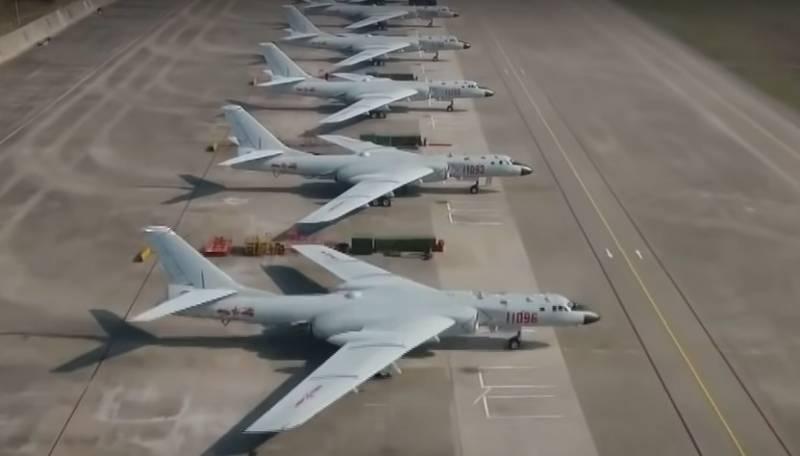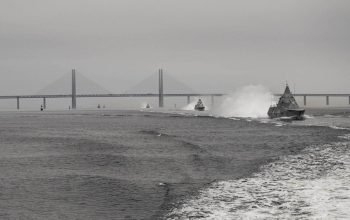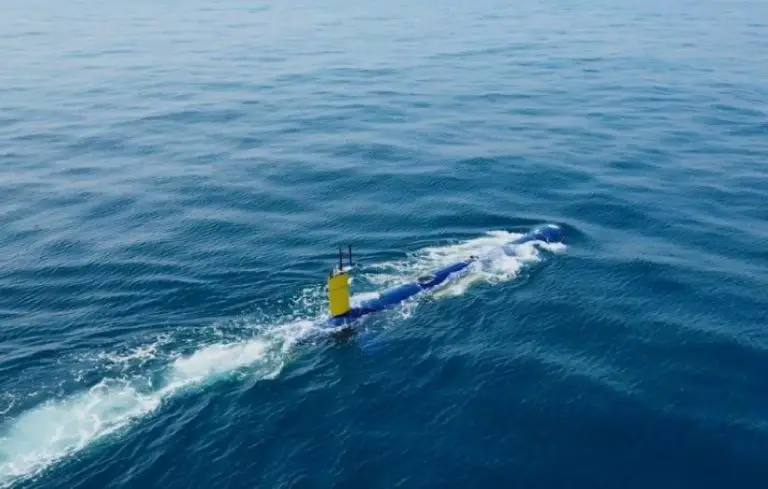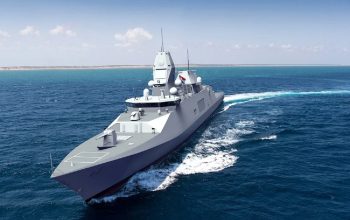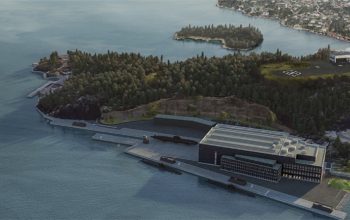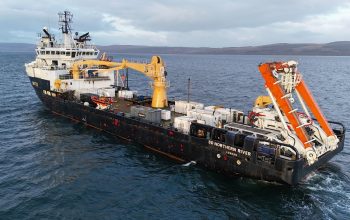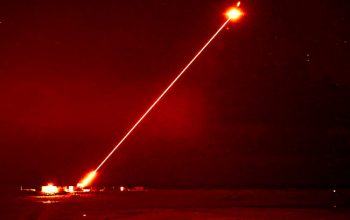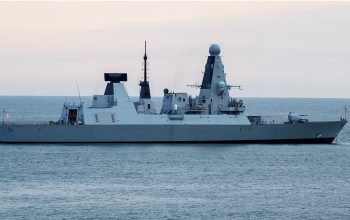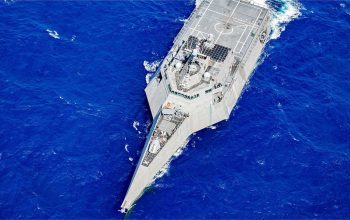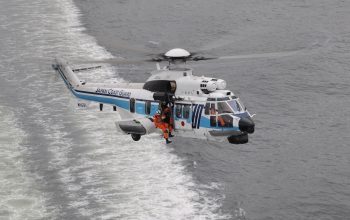Chinese news outlet GlobalTimes reported that the Chinese People’s Liberation Army Navy (PLAN) Xian H-6J recently participated in a live-fire exercise in the South China Sea, practicing bomb dropping on islands and sea mine-laying. Affiliated with the Naval Aviation Force under the PLA Southern Theater Command, a regiment based in South China’s Hainan Province organized a drill involving the actual use of high-explosive aerial bombs and sea bottom mines. Several bombers took off at night, formed aerial formations and reached the designated sea area at daybreak under complex weather conditions, including heavy clouds. The aircraft first laid the sea mines, then proceeded to drop the bombs. After the first wave of bombing, the bombers returned to base, received thorough checks and were resupplied with munitions and fuel before taking off again for the second air raid.
The drill showed that the H-6J maintains its traditional bombing capability, even though it can also be armed with standoff weapons like YJ-12 anti-ship missiles and land-attack cruise missiles. Bombs are more efficient and cheaper than missiles, and they come in particularly handy when bombers are not threatened by hostile fire. This could be when friendly forces have already seized air superiority and cleared anti-aircraft fire, the expert said, noting that on the doorstep of the Chinese mainland, such as the South China Sea and the Taiwan Straits, similar situations will occur to PLAN bombers more often than not. At a time when foreign forces and Taiwan secessionists are making provocations, the Chinese People’s Liberation Army Navy (PLAN) drills could serve as a deterrent. The drills were a routine arrangement in the annual schedule and contributed to the pilots’ technique and tactical ability, as well as the troops’ all-weather combat capabilities.
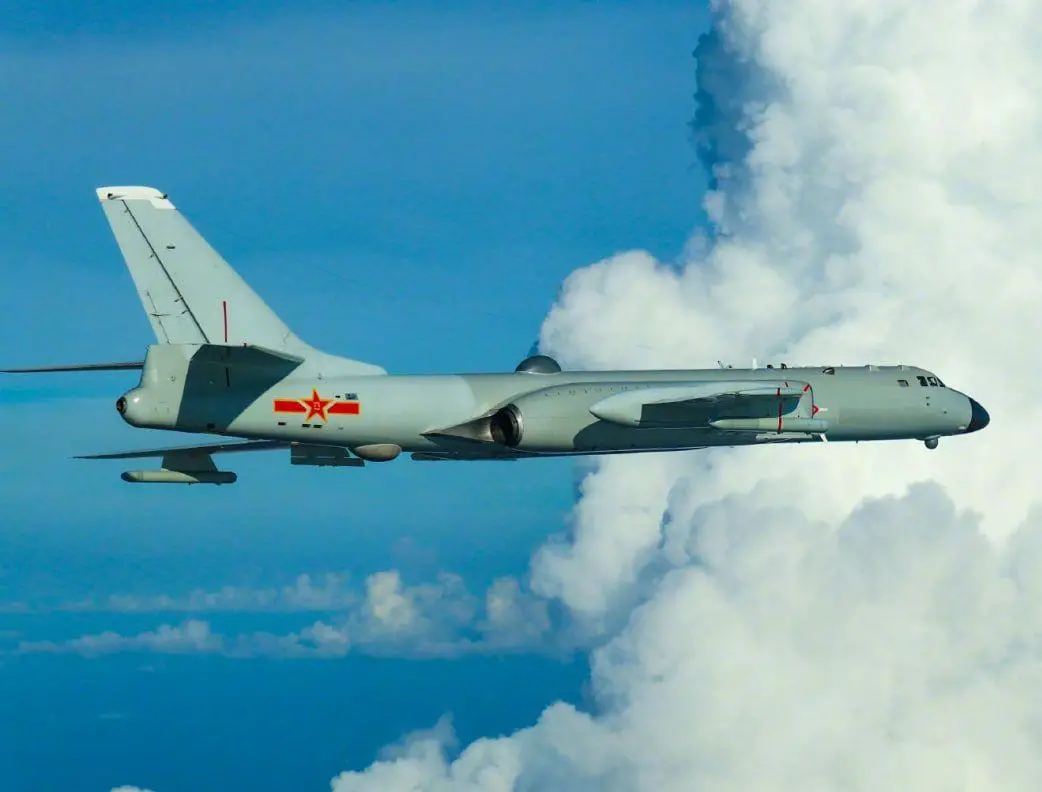
The Xian H-6 (Hong-6) is a licence-built version of the Soviet Tupolev Tu-16 twin-engine jet bomber, built for China’s People’s Liberation Army Air Force (PLAAF). Early variants of the original H-6 – a conventional, free-fall bomber – later built included H-6A nuclear bomber, H-6B reconnaissance aircraft, H-6A conventional bomber, H-6D anti-ship missile (ASM) carrier, H-6E nuclear bomber and HY-6 mid-air refueling tankers. Delivery of the Tu-16 to China began in 1958, and a licence production agreement with the USSR was signed in the late 1950s. Xi’an Aircraft Industrial Corporation (XAC) manufactured aircraft at Xi’an as the “H-6”; the first flew in 1959. By November 2020, the PLAAF had as many as 231. The H-6 was used to drop nine nuclear devices at the Lop Nur also known as Luozhong test site. However, with the increased development in ballistic missile technology, the nuclear delivery capabilities that the H-6 offered diminished in importance. The CIA estimated in 1976 that the H-6 had moved over to a dual nuclear/conventional bombing role.
The H-6Js are presumably replacing H-6G maritime striker bombers, which first entered service with the Chinese People’s Liberation Army Navy in the early 1990s. The H-6J can carry up to seven YJ-12 supersonic anti-ship cruise missiles (ASCM) — six on wing pylons plus one in the bomb bay. In comparison to the older variant, the H-6J is thought to be able to carry about three times the number of anti-ship missiles, and at 3,500 kilometers boasts an increased combat radius of around 50 percent with performance similar to H-6K. The upgrade to the H-6J variant entailed fitting the aircraft with completely new airframes, lighter weight composites, new fuel efficient D-30-KP2 turbofans, advanced avionics, and a full glass cockpit. The bomber also has been fitted with a new long-range surface search radar and an electro-optical targeting pod for target acquisition. It is unclear whether the PLANAF currently operates additional H-6J bombers, but the PLA South Sea Fleet currently operates an H-6G regiment consisting of approximately 14-18 aircraft.


